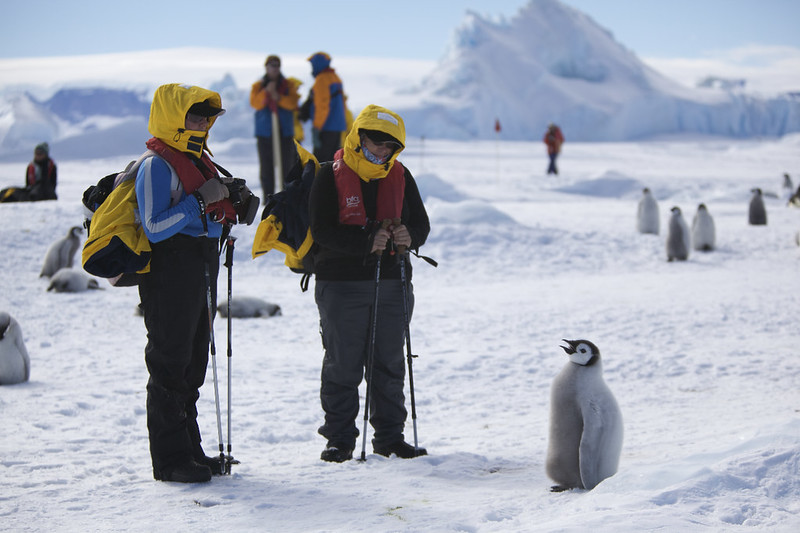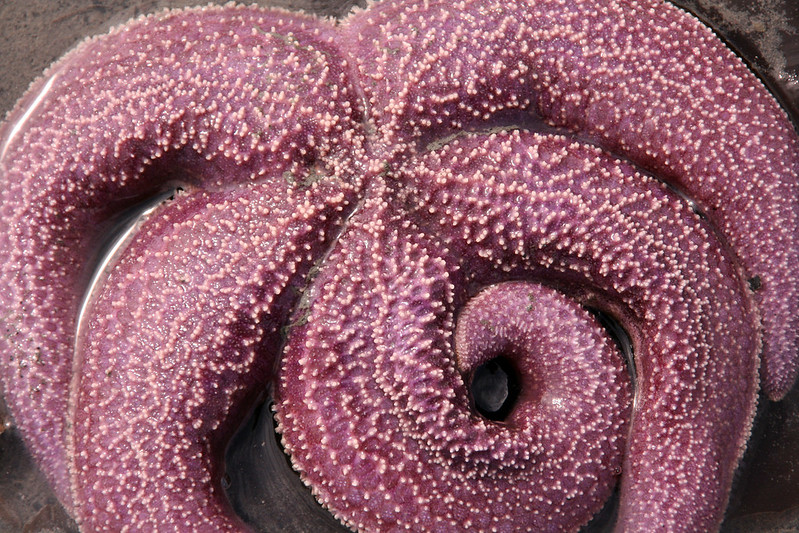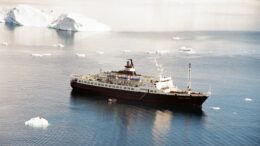Hundreds of scientists journey to Antarctica each year to work in the continent’s 77 research stations, used by some 30 countries. Many are there to study how the unique ecology and endemic wildlife in this faraway land is changing with human pressures like climate change.
These scientists, along with the 50,000 tourists and dozens of fishing boats in the offshore waters, pose a threat themselves: accidentally providing passage to nonnative species. Antarctica and its waters have remained relatively isolated, thanks to its distance from other places, frigid temperatures and ocean currents.
But in recent decades an increase in human traffic and pressures from climate change are opening the door for invasive species — those nonnatives that can rapidly spread, outcompeting native plants and animals, or become unchecked predators.
So far 11 nonnative invertebrates, including mites and an earthworm, have established themselves on the warmer parts of the continent.
In the water it’s a slightly different story.
A 2019 study in Global Change Biology reported five nonnative species in the coastal waters, including a Chilean mussel and a crab. But so far none of these visitors has established populations. And scientists are urging vigilance to keep it that way.
“For now, Antarctica and the Southern Ocean remain the least invaded marine regions on the planet and represent humanity’s last chance to demonstrate that we can manage and mitigate the risks of invasive species at a continental scale,” Arlie McCarthy, a researcher with the British Antarctic Survey and lead author of the study, wrote in an op-ed for The Conversation. “If we do not, climate change will open the door to the world and our neglect will transform the iconic ecosystems we love.”
Staving Off Invaders
Natural forces are Antarctica’s best protection. The ocean current that churns off its shores, known as the Antarctic Circumpolar Current, pushes floating species away from the continent. That defense is buoyed by cold water that makes survival extremely difficult for nonnative species, who aren’t especially adapted to the environment.
Sea ice creates another barrier to movement, with less than one-seventh of the coastline ice-free in summer and none of it ice-free in winter.
“Individuals that manage to cross the Polar Front are confronted with ice in all its forms, freezing temperatures, physical disturbance from icebergs, and strong seasonal variation in light availability and water chemistry,” researchers explained in the Global Change Biology study. “These extreme conditions often sit at or are beyond the physiological limits of potentially invading marine species.”
This natural shield, however, is being weakened by climate-change-warmed waters.
“Changes in physical factors (decreasing ice cover, increasing water temperature) will, if unchecked, in time create an environment more hospitable to nonnative species and less hospitable to native species, reducing the resistance of Antarctic ecosystems (Antarctic biodiversity) to establishment of nonnative marine species,” wrote the researchers.
Most marine species are likely to arrive on the hulls of ships, known as biofouling, although researchers note that microplastics could be a future concern.
Ships arrive from ports all over the world — some even making the journey from Arctic to Antarctic, which could carry some cold-loving organisms with them. While tourist ships usually only dock at each port for a few hours, research and resupply vessels can linger for weeks, providing ample time for stowaways.

More than 180 ships were involved in more than 500 voyages active in the area between 2017 and 2018 — a big jump from the 30 vessels and 75-100 voyages in 1960. Fishing boats and those carrying researchers or their supplies create other opportunities.
Although it’s difficult with ocean currents, new species could arrive in the Southern Ocean and Antarctica by rafting on aggregates of algae. Millions of these so-called kelp rafts are afloat in the Southern Ocean.
“We found nonnative kelps, with a wide range of ‘hitchhiking’ passenger organisms, on an Antarctic beach inside the flooded caldera of an active volcanic island,” wrote researchers in a 2020 study in Scientific Reports. “This is the first evidence of nonnative species reaching the Antarctic continent alive on kelp rafts.”
Of the four “passenger” species found alive on the nonnative kelp, the most concerning, they said, is Membranipora membranacea, a kind of bryozoan invertebrate that can form across seaweed, limiting its ability to reproduce and grow.
The warmer waters inside the caldera may have proved a tolerable temperature, while much of the surrounding coastal waters are too cold — at least for now.
Growing Risks
If nonnative marine species do begin to establish themselves in the Southern Ocean, their impact can ripple across the food web, a forthcoming study concluded.
“We found that these invasive species can actually cause really catastrophic declines in native species abundances,” says lead author Oakes Holland, a postdoctoral research fellow with Securing Antarctica’s Environmental Future, an initiative of the Australian Research Council. “Things like mytilid bivalves can reproduce quickly and just smother all the hard surfaces on the bottom of the ocean, which will push other species out.”
Northern Pacific seastars (Asterias amurensis), known to be voracious predators, are another concern. So too are crabs, a “niche of predator that has been absent from the region for millions of years,” she says.

While Holland’s work has identified species to be wary of, she cautions that what we don’t know is even more problematic. The icy waters of the Southern Ocean are difficult to study. “At the moment, it’s just such an enormous area and it’s so hard to even know where to start looking,” she says.
There’s not much known yet about what organisms are being carted along on ship hulls either. Current research on nonnative marine species comes from studying just seven ships, including a confiscated illegal fishing vessel.
“We’re very much in the infancy stage of understanding where the biggest risks are going to come from, specifically on ships, and then how best to manage them in a way that’s not going to be economically limiting,” she says.
Visiting scientists could be part of the problem — and solution.
When underwater drones and submersibles are deployed for research, the collected data could be mined using machine learning to search for nonnative species, she says. Researchers have also recommended using environmental DNA, the genetic material shed by organisms into the air or water, that can help detect a species’ presence in the environment even when it hasn’t been seen.
And although the coastal waters of the continent are vast, efforts to ramp up biosecurity should focus on the most highly visited locations that are likely to be “invasion hotspots” — like the Antarctic Peninsula and the South Shetland Islands, say researchers.
The threat of invasive species is only one of the mounting pressures facing Antarctic wildlife, including warming waters, melting sea ice, ocean acidification and pollution. But broad conservation actions, like increasing marine protected areas, could help on all fronts.
“I think when people are thinking of Antarctica, they’re not necessarily thinking of ugly little worms on the seafloor,” says Holland. “They’re thinking of penguins and seals and whales. So if we get marine protected areas for emperor penguins, for example, then everything that lives underneath that is going to benefit.”
Previously in The Revelator:
Action for Antarctica: Saving the World’s Last Great Wilderness
![]()


